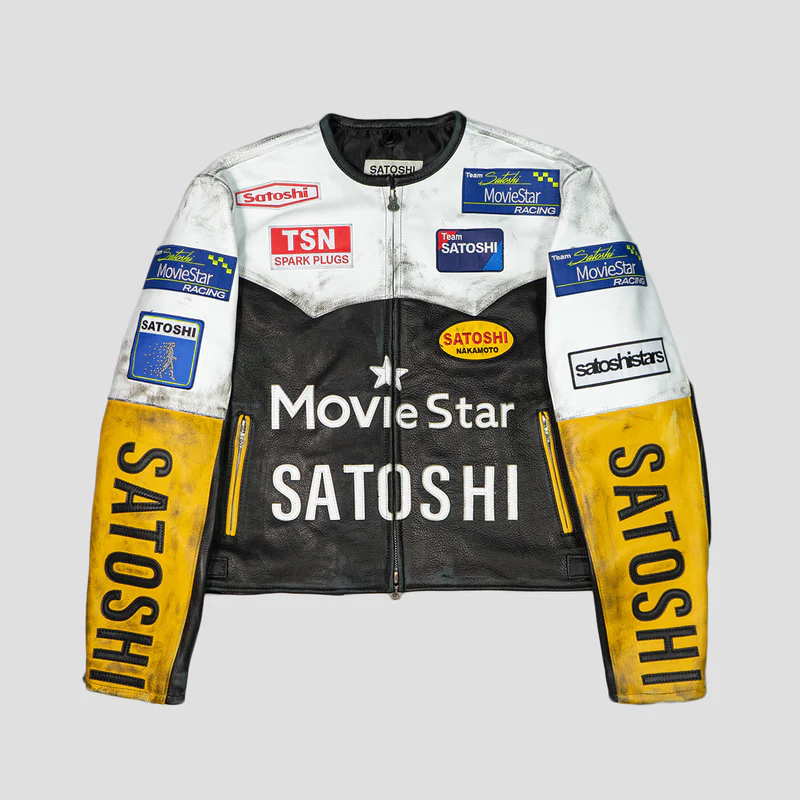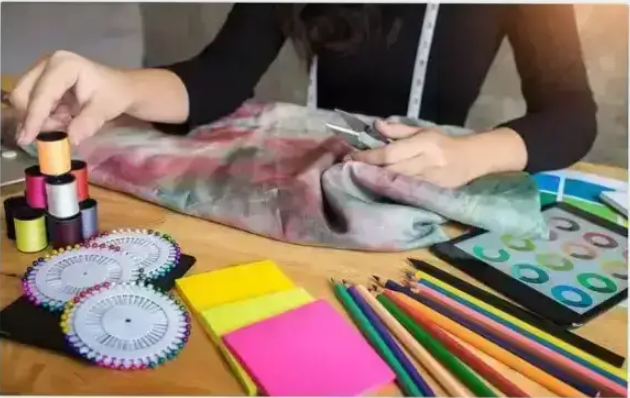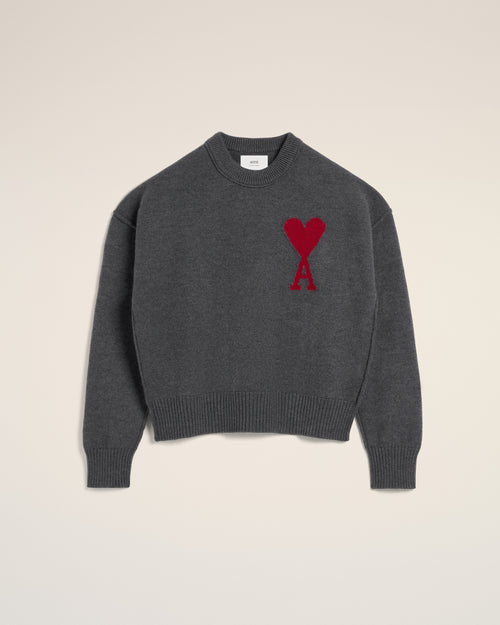If you’ve ever dealt with puckering, shifting, or uneven stitches in machine embroidery, chances are the stabilizer was either missing or misused. Stabilizers are the unsung heroes of embroidery—they support your fabric while the machine stitches your design, helping you achieve clean, professional results.
In this beginner-friendly guide to embroidery stabilizers, we’ll break down the main types of embroidery stabilizers—tear-away, cut-away, and water-soluble—and help you understand when and how to use each one. Whether you’re crafting with knits, towels, denim, or delicate organza, this is your go-to reference.
Want precision-stitched results with your artwork? Get your design professionally digitized by Digitizing Buddy. They offer fast, accurate embroidery digitizing services that work seamlessly with your stabilizer setup.
What Is an Embroidery Stabilizer?
An embroidery stabilizer is a backing (or topping) material used during machine embroidery to provide support to the fabric. It prevents the fabric from stretching, puckering, or shifting under the needle’s pressure.
Without a stabilizer, even a perfectly digitized design can result in a messy stitch-out—especially on stretchy or thin materials.
The Three Main Types of Stabilizers
Let’s take a closer look at the most commonly used stabilizers in embroidery:
1. Tear-Away Stabilizer
Best For: Woven fabrics like cotton, canvas, linen, denim
How It Works: Tear-away stabilizer is placed under the fabric and easily torn away after embroidery. It’s perfect when you don’t want any stabilizer left behind.
Pros:
- Easy to remove
- Clean finish on the back
- Cost-effective
- Great for quick projects and low-stitch count designs
Cons:
- Not ideal for stretchy or delicate fabrics
- Can tear during stitching if not hooped well
Use When:
- Working on stable, woven fabrics
- Stitching simple, low-density designs
- You need a clean finish on the garment’s back
Pro Tip: Always tear slowly and carefully to avoid distorting your stitches.
2. Cut-Away Stabilizer
Best For: Knit fabrics like t-shirts, sweatshirts, performance wear
How It Works: Cut-away stabilizers stay permanently on the back of the fabric. You trim the excess after stitching, but the remaining portion continues to support the design even after many washes.
Pros:
- Permanent support
- Great for stretchy fabrics
- Holds up through laundering and wear
- Ideal for complex, dense embroidery
Cons:
- Leaves backing on the garment
- Requires trimming with scissors
Use When:
- Embroidering on knits or stretchy materials
- Stitching dense, complex designs
- Creating long-lasting wearables
Choose a soft cut-away if you’re working on garments that touch the skin, like baby onesies or sportswear.
3. Water-Soluble Stabilizer (WSS)
Best For: Lace, towels, transparent fabrics, and freestanding embroidery
How It Works: Water-soluble stabilizers dissolve completely in water, leaving no trace behind. You can use it as a topping or backing, depending on the design and fabric.
Pros:
- Perfect for freestanding lace
- Ideal for fabrics where stabilizer shouldn’t remain (like organza)
- Provides temporary support
- Easy to rinse off with warm water
Cons:
- Dissolves if exposed to moisture accidentally
- Can be tricky for high-stitch designs
Use When:
- Embroidering on towels or textured fabrics (as a topping)
- Creating lace or sheer designs
- Working with delicate fabrics or cutwork embroidery
Pro Tip: Store WSS in a sealed bag to prevent it from absorbing humidity from the air.
Bonus: Other Specialty Stabilizers
While the above are the core types, there are several specialty stabilizers worth knowing:
Fusible Stabilizer
Iron-on type—helps prevent shifting before hooping.
Adhesive (Sticky-Back) Stabilizer
Great for hard-to-hoop items like hats or socks.
Heat-Away Stabilizer
Disappears with heat—ideal for fabrics that shouldn’t get wet.
Choosing the Right Stabilizer for Your Project
Here’s a quick reference chart to help you pick the right stabilizer based on your fabric and project type:
| Fabric Type | Recommended Stabilizer | Notes |
| Cotton (woven) | Tear-Away | Low-stitch or medium designs |
| T-shirt (knit) | Cut-Away | Choose soft for comfort |
| Towels | Tear-Away + WSS (Topping) | Topping prevents stitches from sinking |
| Lace | Water-Soluble (as backing) | Use heavy WSS for stability |
| Sheer fabrics | Water-Soluble or Heat-Away | Leaves no visible residue |
| Denim/Canvas | Tear-Away or Medium Cut-Away | Depends on stitch density |
Pro Tips for Using Stabilizers Like a Boss
- Always match the stabilizer to the fabric type—stretchy fabrics need permanent support.
- Use a stabilizer larger than your hoop to ensure full coverage.
- Don’t skimp—cheap or wrong stabilizers can ruin your design.
- For high-stitch-count designs, double up on stabilizers if needed.
- Use temporary spray adhesive to hold stabilizer and fabric together if shifting occurs.
Stabilizer Myths Busted
Myth #1: You can embroider without stabilizer.
Truth: Even sturdy fabrics benefit from stabilizer—it’s essential for clean stitching.
Myth #2: All stabilizers work the same.
Truth: Each has unique properties. Choosing the wrong one leads to distortion, puckering, or ruined garments.
Myth #3: Tear-away is always better because it leaves no residue.
Truth: For stretch fabrics, leaving behind stabilizer (like with cut-away) is what makes your stitches last.
How Stabilizer Affects Digitized Designs
If you’re sending your logo or design for professional digitizing, mention the type of fabric and stabilizer you’ll use. This helps the digitizer:
- Adjust density and underlay settings
- Choose the best stitch types
- Ensure proper pull compensation
For the best outcome, partner with a professional like Digitizing Buddy. They tailor your digitized design for flawless results based on your stabilizer and fabric setup.
Final Thoughts: Mastering Stabilizers for Perfect Stitching
Embroidery stabilizers might seem like a small detail—but they’re crucial for transforming your digitized design into a professional-looking masterpiece. Whether you’re working on t-shirts, towels, or lace projects, choosing the right stabilizer makes all the difference.
Here’s your stabilizer cheat sheet:
- Use tear-away for simple designs on stable fabrics
- Use cut-away for stretch fabrics and long-term wear
- Use water-soluble for delicate or specialty projects
Once you get the hang of stabilizers, your embroidery will look cleaner, last longer, and stitch more smoothly—every single time.





